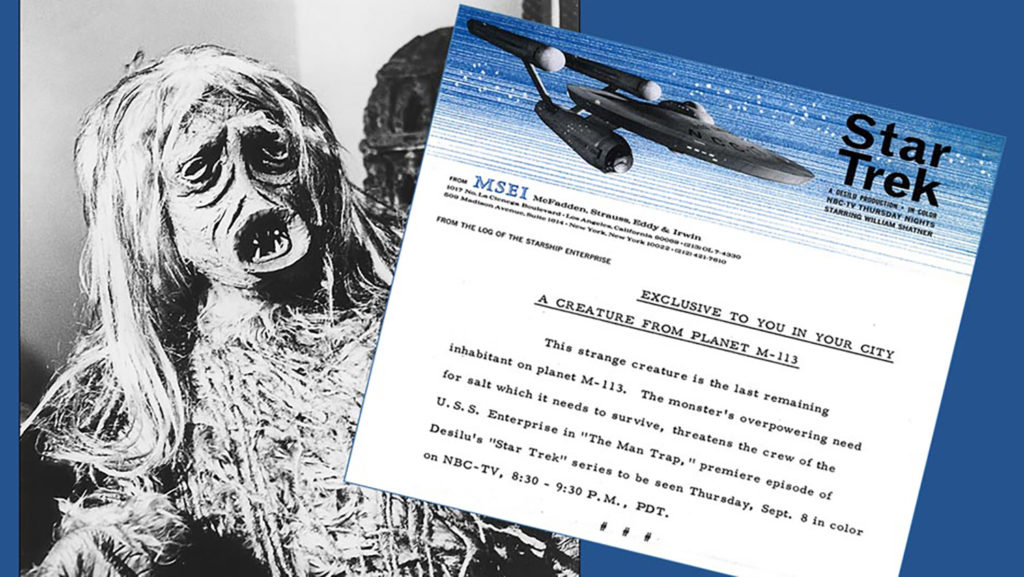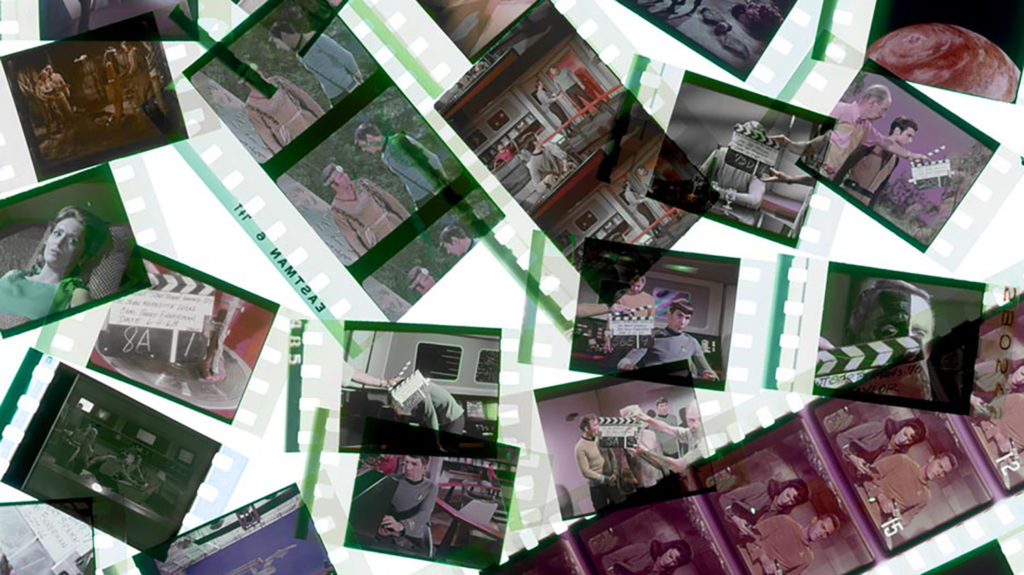Chemist by Day, Trekkie by Night

Few TV shows have captured the nation’s attention like Star Trek. Beginning with the first episode in 1966 and leading up to the current movies, kids and adults of all ages have been inspired and engaged by Star Trek’s out-of-this-world premise. One such kid was David Tilotta, now a professor in the Department of Forest Biomaterials at NC State’s College of Natural Resources.
Since a young age, David had watched the show with awe, wondering how space travel could be possible and what extraterrestrials might act and look like. “I am in science because of Star Trek and the influence it had on me,” he said.
“When I was a pre-teen, Star Trek showed me that science could be exciting and relevant,” he said. “It taught me that the unknown was something to explore. It also taught me to be creative in problem solving. Later, as I started to grow-up and think about my future and what I wanted to do with my life, I realized the careers that Spock and Scotty and Dr. McCoy had were pretty cool and were worth going after.”

Before the time of streaming TV online and recording episodes to watch later, the only chance to watch a show was live. This lack of immediate access to Star Trek made fans, including David, want to collect pieces of the show like the film strips used during production.
A quick note for some of our younger readers: Before digitization, Star Trek was produced on 35 mm film created from sustainable materials like cellulose. The film was reviewed by the production team and strips frames were cut out. The selected frames and negatives for the final version were assembled, while the unwanted strips were thrown away or sold as memorabilia.

David began collecting these unwanted film strips as a kid and now has almost four million in his collection. The only people who saw these deleted scenes were those in the studio during filming that day. That is until David and a friend combined their film strip collections and wrote a book called “Star Trek: Lost Scenes.”
The book, which catalogs professionally restored deleted scenes, behind-the-scenes moments and bloopers from the original Star Trek shows, was published in August 2018 by CBS and Titan Books. Even before the publishing of his book, David was known as the regional expert on all things Star Trek and was even asked to give a panel discussion at the Museum of Natural Sciences for the show’s 50th anniversary.
We recently sat down with David to discuss his love of Star Trek and how it’s influenced his career in science.
CNR: How do you feel about the word Trekkie?
David Tilotta: I’m proud to be a Trekkie. I don’t have a problem with it.
What are your favorite Star Trek moments?
You’re asking me to choose from my children, and I don’t know if I can do that … My favorite movie is “The Wrath of Kahn” because it deals with themes of friendship, loss, and aging — things I’m dealing with now in my life. My favorite TV episode is “The City on the Edge of Forever” (Season 1, Episode 28).
What are your feelings about Star Wars?
I love the initial movies. To me, it’s apples and oranges. They’re just different. The presentations are different, the philosophies are different. They’re fun.
Do you see any possibility of some of the themes or components of Star Trek coming to fruition in real life?
People laughed when Star Trek first pulled out “communicators.” When the show first came out, telephones were still bolted to your wall. They had wires. Today, your cell phone does exactly what a “communicator” does and more. So that’s a reality that has already come to fruition. Some things [from the original show] that I wish would come to pass are traveling faster than the speed of light and transporter technology. It would be great to beam anywhere on the planet that you wanted to. Also, basic computer technology is running circles around what they portrayed in the show.
What connections can you make between sustainability and Star Trek?
It’s interesting to me that Star Trek didn’t make much use of sustainable materials as far as we can see … There’s very little wood displayed on the Enterprise. Unless there’s a future sustainable material we don’t know about, there’s very little displayed. [The show’s producers] wanted to show something exotic, something futuristic, and apparently the thinking back then was wood is just not going to be futuristic. I noticed that with the new Star Trek series that’s streaming on CBS, they finally have an all-wooden table. They’re finally showing the value of our sustainable materials.
- Categories: